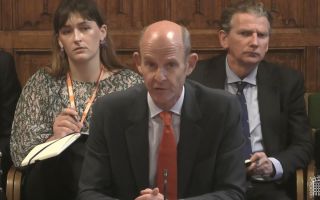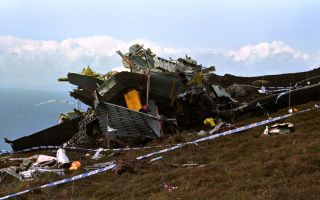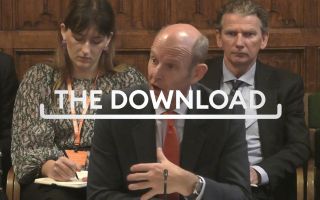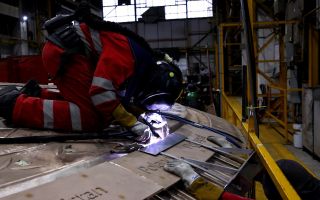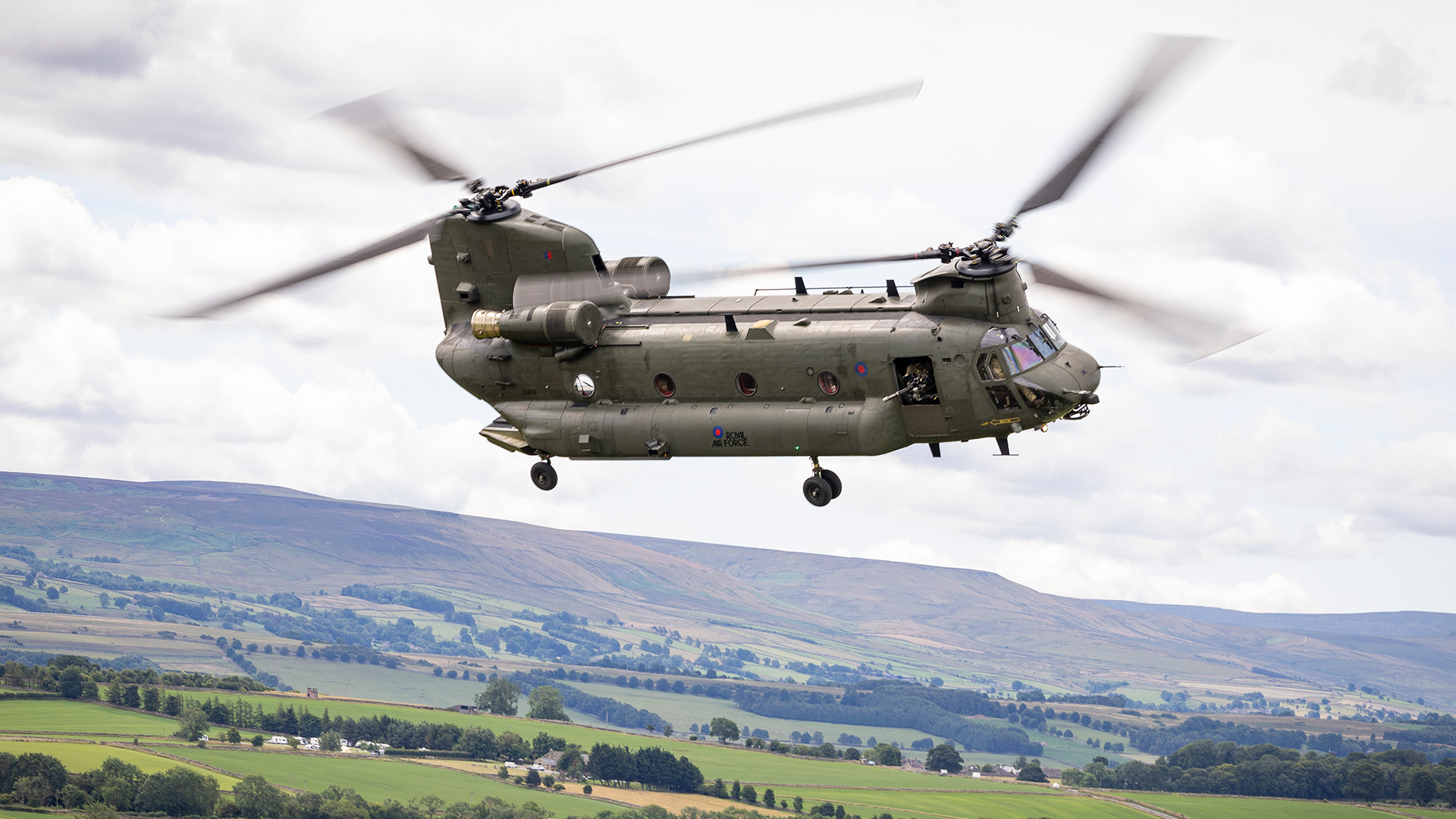
1994 Mull of Kintyre RAF Chinook crash: The tragedy, its causes and why it's back in the news

An RAF aircraft full of senior military and intelligence officials crashed into a hillside in foggy weather on the Mull of Kintyre on 2 June 1994.
The RAF Chinook ZD576 was carrying 29 people at the time, including MI5 officers, Royal Ulster Constabulary, British Army personnel, and four Special Forces crew members, on a journey from RAF Aldergrove in Northern Ireland to Fort George close to Inverness, Scotland.
Twenty-nine people were killed in the crash, and the incident garnered a substantial amount of media interest and has continued to do so even after more than 30 years since the crash.
BFBS Forces News has looked into the crash, the inquiries after it and what the families of the victims are doing now to work out what happened.
What happened for the crash to occur?
In the early evening over 30 years ago, an RAF Chinook HC-2 helicopter, holding members of Northern Ireland's security and defence establishment, hit a hillside near the Mull of Kintyre lighthouse.
The Headquarters Northern Ireland Joint Air Tasking Operations Cell ordered the Chinook detachment to fly 25 VIP passengers to Scotland, according to Lord Philip's review of the circumstances of the crash in 2011.
The flight was part of a yearly tasking to get the intelligence and military officials to a security conference.
Flight Lieutenant Jonathan Paul Tapper, who acted as captain, worked out a plan to fly at a low level during the flight to the base.
Lord Philip's report highlighted that the weather around the Mull of Kintyre was often cloudy and sometimes foggy.
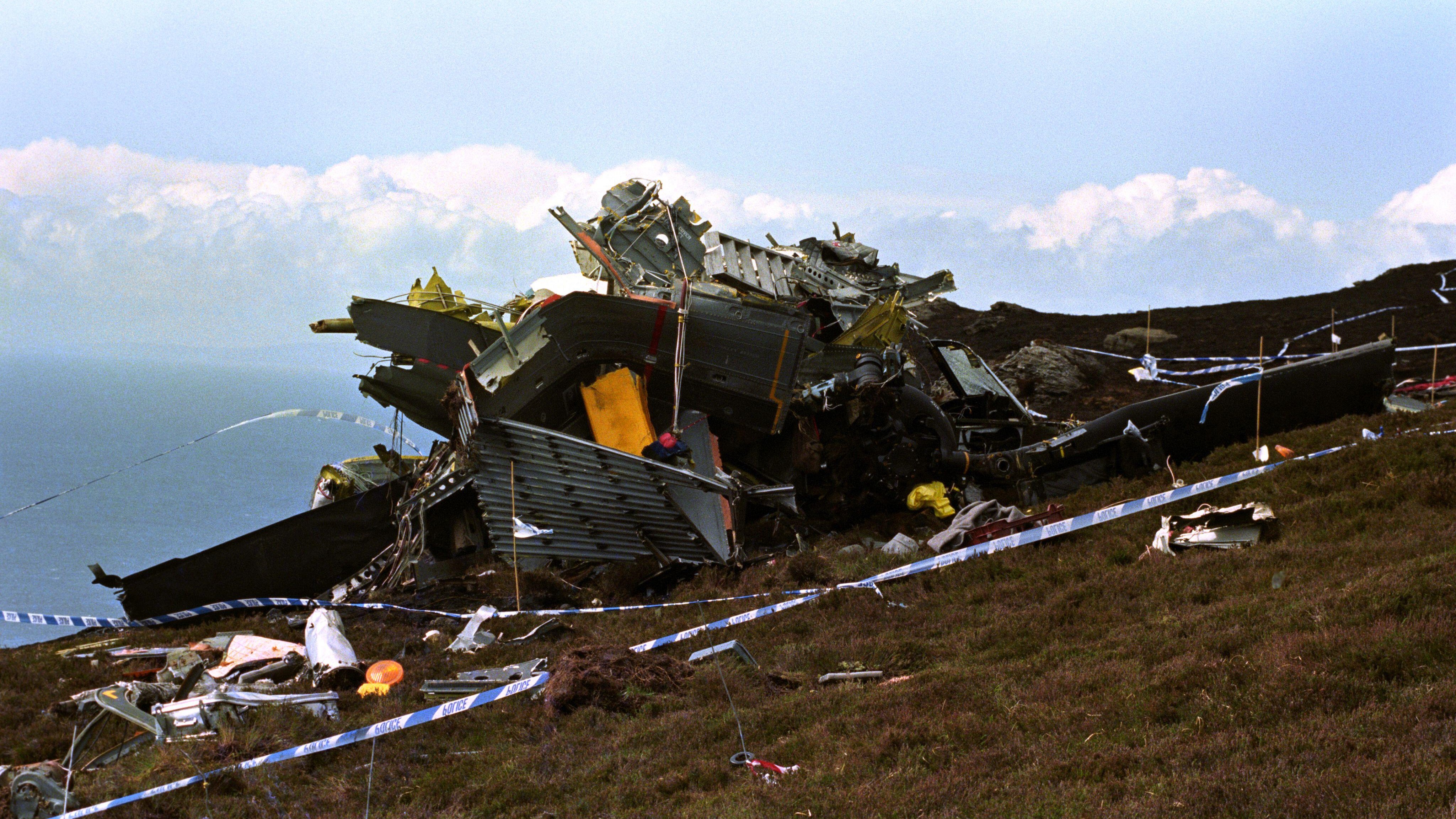
The Chinook was getting higher into the air "at a rate of approximately 1,000ft per minute", the 2011 report revealed, before the aircraft was thought to have completed a "cyclic flare" where it banked with the nose up flying at full power seconds ahead of impact.
The helicopter, which was used for the movement of senior personnel in Northern Ireland, then collided with a rocky outcrop close to the lighthouse.
After the first collision, the aircraft flew "almost 200 metres" and consequently was dissected into two sections, which rolled on for an undefined distance.
The fuel tanks had come off the helicopter and caught fire, meaning the wreckage was heavily damaged.
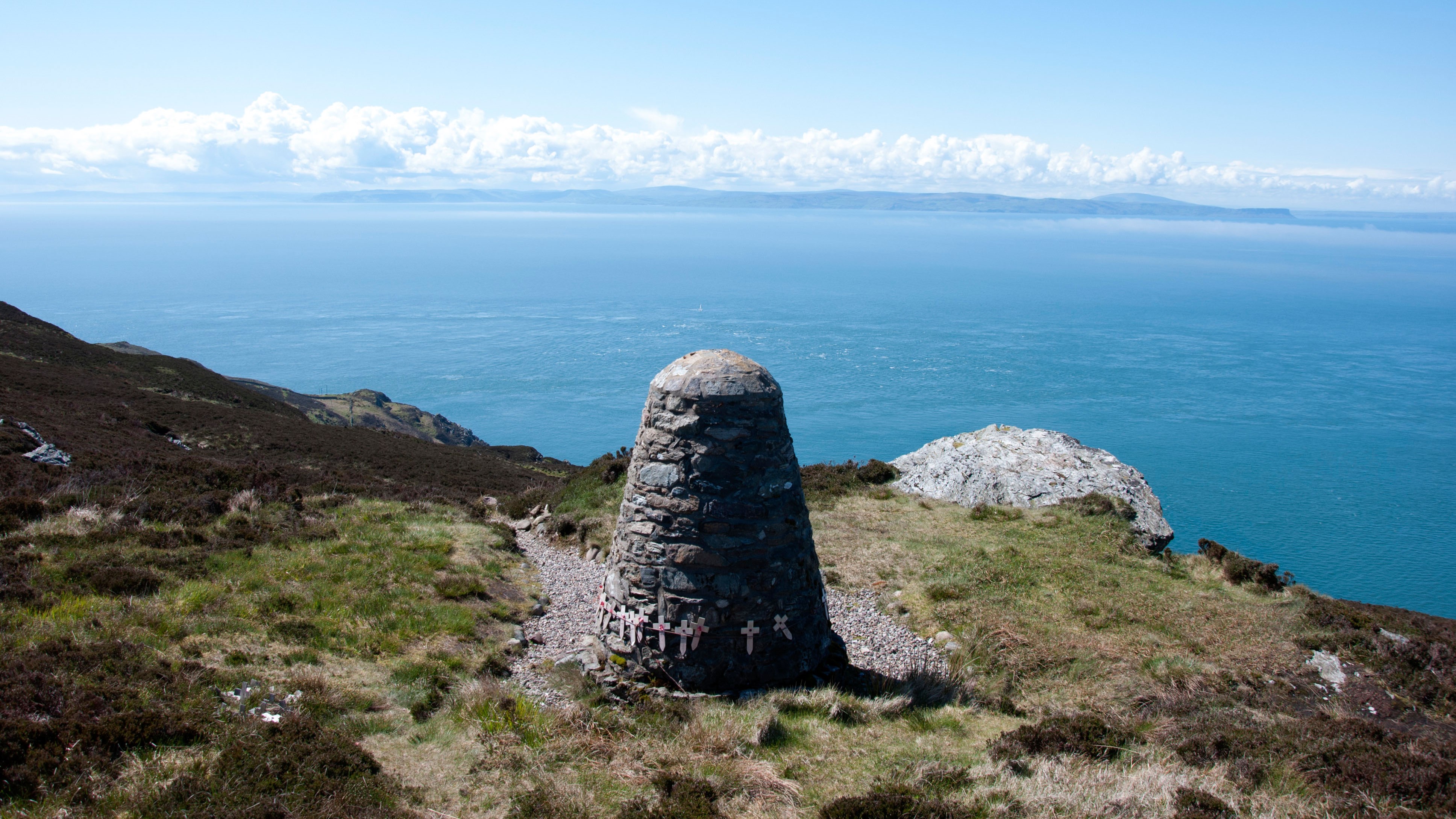
What did the inquiries find out?
There have been several inquiries looking into the crash: a RAF Board of Inquiry, a fatal accident inquiry, a House of Commons Defence Committee report, a House of Commons Public Accounts Committee report, a Lords Select Committee report, and Lord Philip's independent review.
The first attempt to understand what happened in the lead-up to the fatal crash, a RAF Board of Inquiry in 1995, decided that the two pilots, Flt Lt Tapper and Flight Lieutenant Richard Cook, the co-pilot, were found to be grossly negligent in relation to the incident.
This initial finding of gross negligence has been highly controversial and has been criticised by the relatives of the pilots and politicians in the years following the decision.
The year after, a fatal accident inquiry in Paisley, Renfrewshire, led by Sheriff Sir Stephen Young, concluded a different assessment, that the pilots were not at fault, and could not find a reason for the disaster.
"The Sheriff [Sir Stephen Young] came to the conclusion that there was no proof that the pilots were to blame," Lord Chalfont told the House of Lords back in 1997 during a debate about the Chinook helicopter accident inquiry.
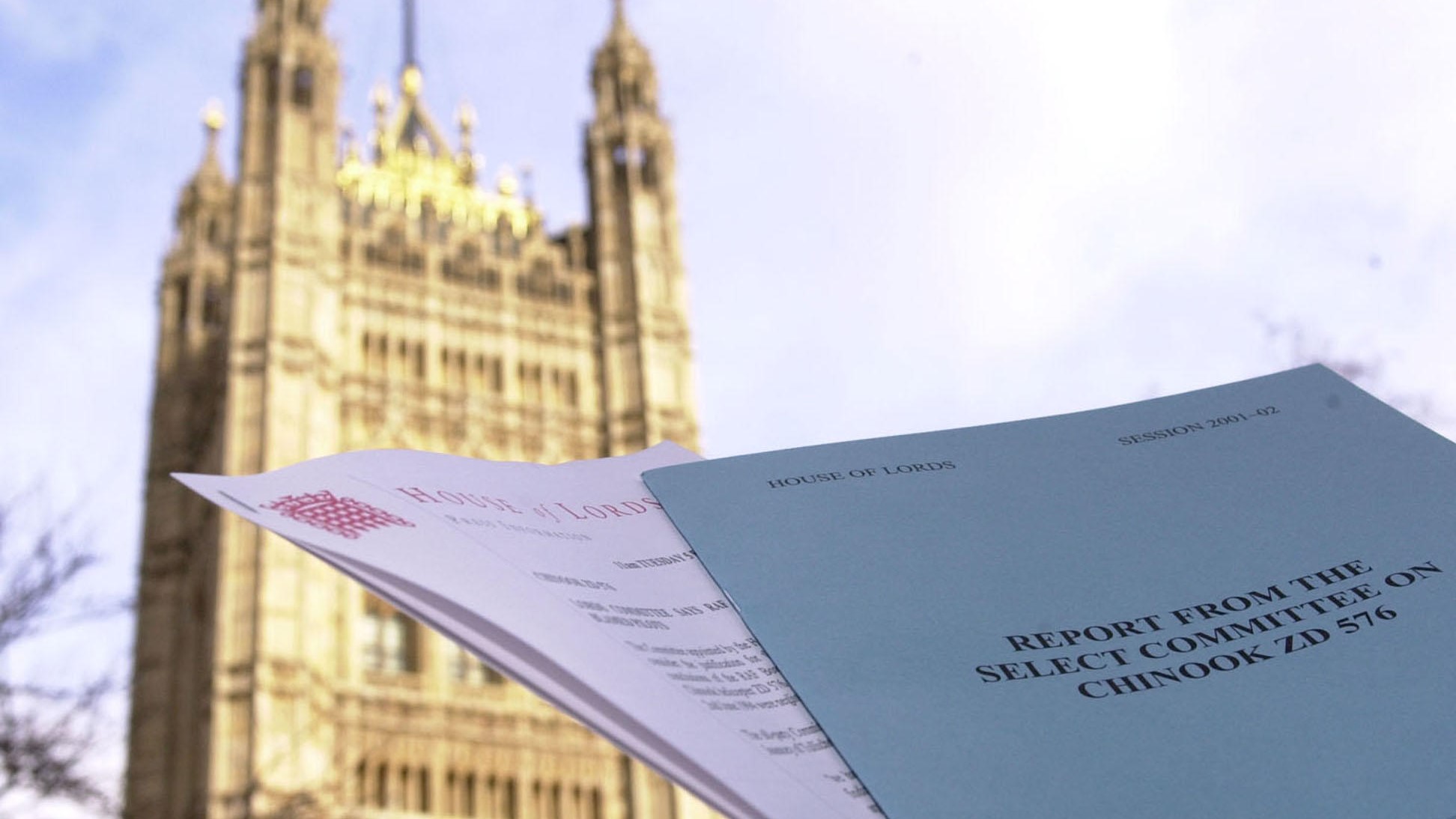
The inquiries moved from the RAF and civil proceedings into Parliament as a Lords Select Committee disagreed with the allegation from the RAF that the pilots were the cause of the deaths of the passengers.
Many years later, during the coalition government, Lord Philip's independent review looked at the Board of Inquiry's conclusions regarding the incident.
The review found that the gross negligence decision should not have any legal effect, that the MOD should look at giving an apology to the pilots' families, and that the MOD must analyse its policy and procedures for the movement of national security personnel.
Then-Defence Secretary Dr Liam Fox apologised publicly in the House of Commons and wrote apologies to the widows of the pilots, Flt Lt Tapper's father, and Flt Lt Cook's brother for the distress caused after the pair were alleged to have been negligent.
"I hope that this report and the action I have taken in response to it will bring an end to this sad chapter by removing the stain on the reputations of the two pilots," Dr Fox said as he finished off his statement in the House of Commons.
Despite all these inquiries into the incident, the reason why the incident happened will probably never be known.
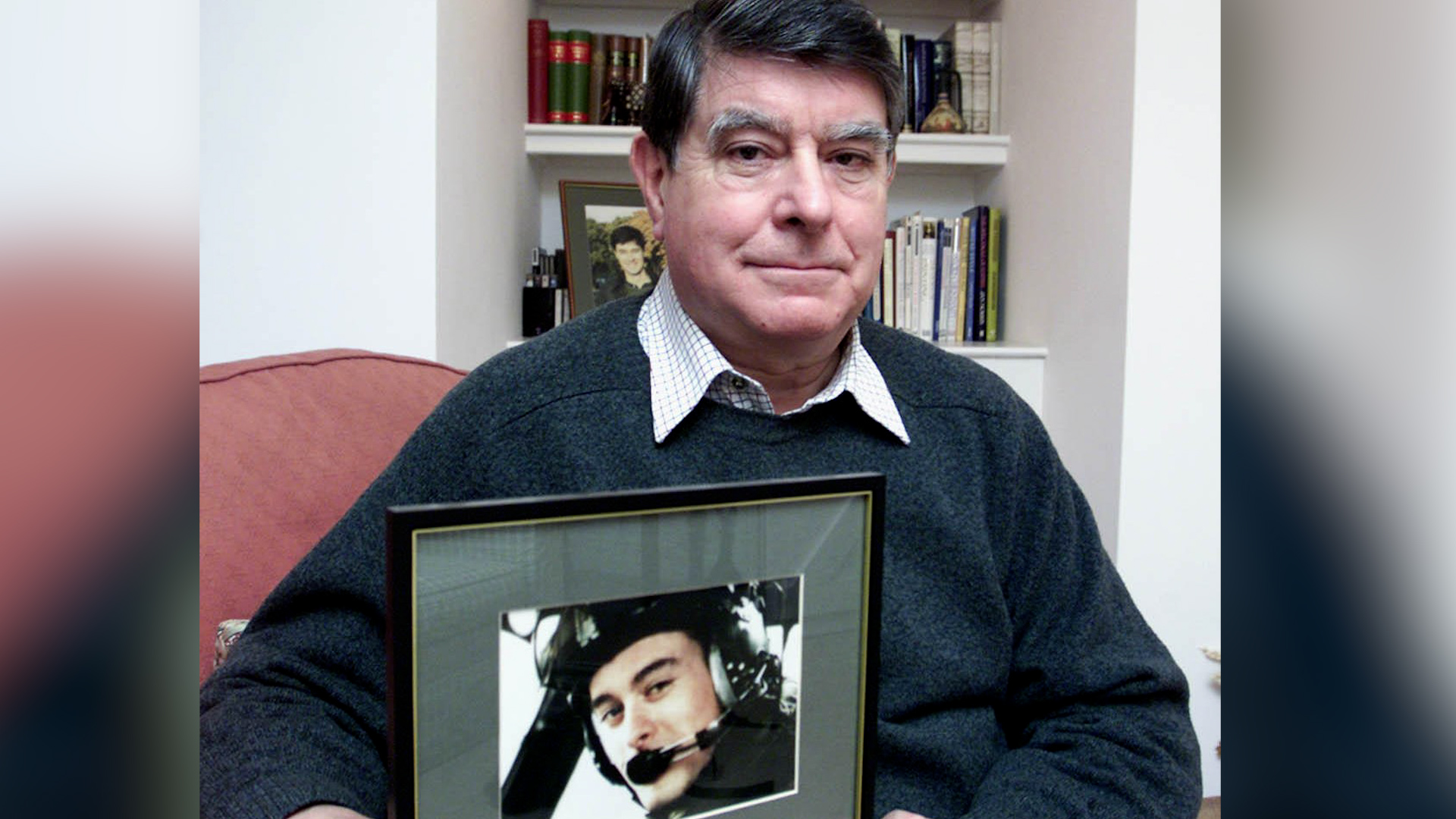
What is going on now?
The families of the victims have created the Chinook Justice Campaign, which campaigns for answers about the crash, accountability for why the incident happened, and the ability to see all the documents surrounding the crash.
The Chinook Justice Campaign has launched a petition that more than 40,000 people have signed, calling for the overturning of the MOD's choice to resist a full judge-led public inquiry and the release of all the documents instantly.
The documents about the incident are currently barred from public view for a century.
The campaign group is also urging the Labour government to introduce a legal duty of candour on every public body, like the MOD, meaning that families and friends do not have to fight for the truth.
However, Prime Minister Sir Keir Starmer declined the campaign group's calls for a judge-led inquiry last month.
Sir Keir said in a letter to the victims' families that the public inquiry was not "in the public interest" and could not "bring any greater certainty", according to the BBC.
The Prime Minister's refusal to allow a judge-led inquiry and the failure to release any documents have led the group to try to get a judicial review into why the government is blocking the inquiry.




